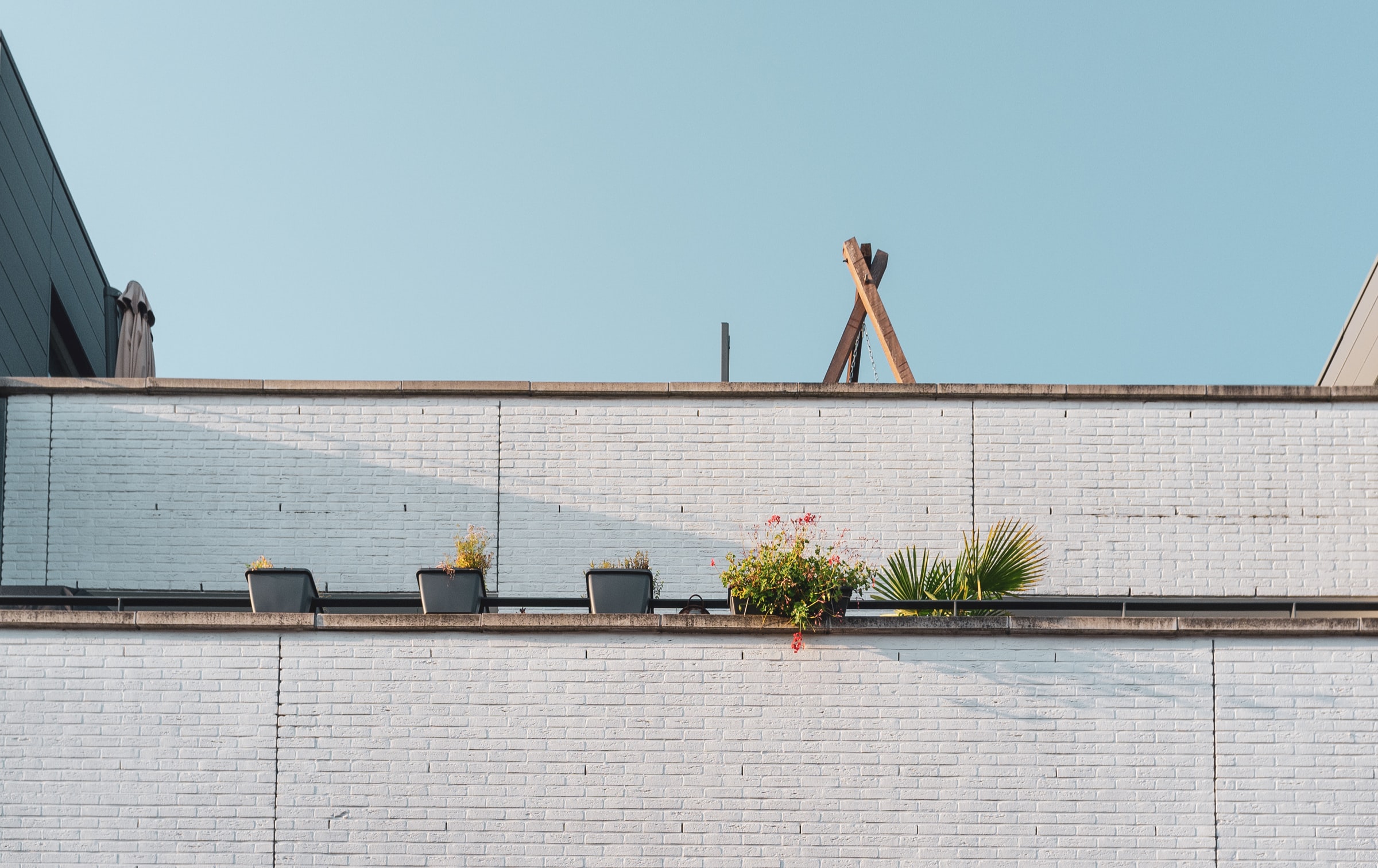Internal and external roof gutters drainage systems are both possible. The temperature regime in the premises, the type of roof, the length of the slopes, and the climatic conditions of the region where the building is located, taking into account the quantity of precipitation, are all elements to consider when choosing one alternative over another.
Pipes are installed inside the structure at a short distance from the walls when it is being constructed. The internal drain’s primary components include funnels, drain pipes, risers, and outlets. Typically, the water is released into a sewer or drainage system.
If properly installed, such a drain will work reliably in both summer and winter. However, because it is far more difficult to position pieces within a building and connect them to each other than it is outdoors, its installation is fraught with complications. As a result, indoor drainage isn’t in high demand.
Drainage From The Outside
In this situation, the entire system is housed on the outside of the structure. There are two sorts of such drains: disorganized, which discharges water straight along the eaves, and organized, which uses a full-fledged drainage system.
Because of the numerous drawbacks of an unstructured drain, it is rarely employed. It does not, for example, protect the facade from excessive moisture – when the walls become saturated with moisture during the rain, their thermal insulating capabilities gradually deteriorate. The walls begin to crumble, their appearance deteriorates, and the ice that develops on the cornices has a negative impact on the roof’s condition.
Such detrimental repercussions are avoided with well-organized drainage. In any event, it is vital to keep an eye on the state of the gutters and drain pipes in order to clear any blockages that may obstruct regular drainage.
The gutter is one of the most important parts of the exterior drain. It can be hung on the wall or hanging from the ceiling. Although it is referred to as a wall gutter, it is actually attached to the very edge of the roof slope, close to the eaves overhang. It resembles a tray with sides that are 15-20 centimeters high and hold water inside. The trays are positioned at an angle to the overhang, with two of them right above the funnel fitted into the drainpipe, located below the others.
How Do You Figure Up How Many Gutters And Fasteners You’ll Need?
The gutter’s normal length is between 3 and 4 meters. The required number is calculated by taking into consideration the roof’s perimeter. The fasteners are then counted.
- the number of connectors – one for each of the two gutters;
- one hook for every 0.6 m of gutter length
- the number of plugs – one for each gutter’s extreme end;
How To Put Up A Gutter System
The grooves are joined together with unique connectors that have grips on the top. These grippers are put into the gutters’ edges. If a turn is required, special corner joints are employed, which eliminates the need to saw the gutter. An enlarged connection is used instead of a regular connector when the section length exceeds 18 meters, and brackets are fitted on both sides of it.
Gutters Come In A Variety Of Shapes And Materials
Plastics are in high demand year after year due to their usefulness, good aesthetic qualities, and low cost. They’re lightweight, simple to install, and don’t corrode. The plastic is painted over in the mass according to the technological method, so even if the gutter is damaged mechanically, the flaw will not be visible.
Galvanized – constructed of galvanized steel and protected against corrosion both inside and out with a protective polymer compound. If the protective layer is destroyed, however, the metal will oxidize and rust will form. Taking care of the elderly is more difficult.
Contact us if you have any questions or would like additional information!



